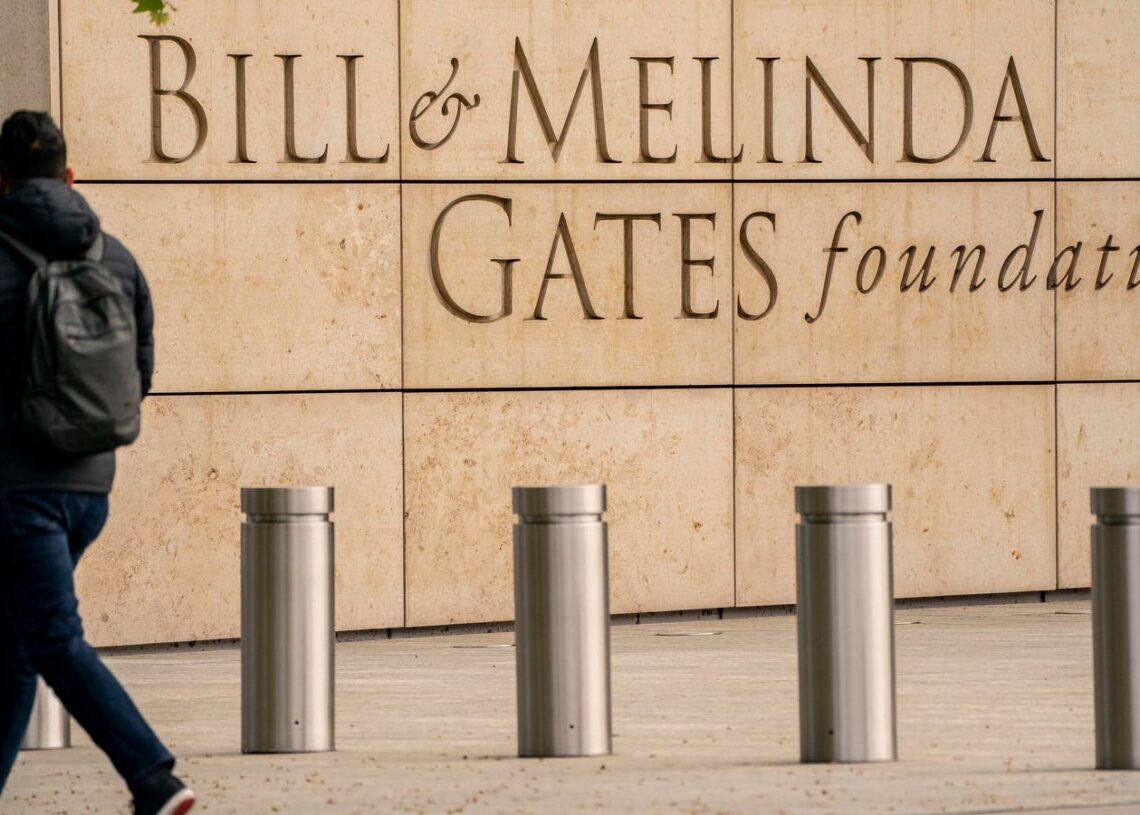The Bill and Melinda Gates Foundation talk about the need for what they call a “digital public infrastructure” (DPI). The Foundation says that a strong DPI has three foundational systems—identity, payments, and data exchange—that together can make life easier in important ways. It highlights such an infrstructure as a way to reduce poverty in emerging economices, but the truth is that developed economies need a digital public infrastructure too, including the United States.
Where’s Our Stack?
The International Monetary Fund (IMF) similarly talk about the need for digital public infrastructure built up from digital identity, the payments system and a data exchange layer. They agree that a DPI has the potential to support the transformation of the economy and support inclusive growth. The IMF highlights the particular example of India’s foundational DPI, the so-called “India Stack” , and show how it has been harnessed to foster innovation and competition, boost financial inclusion and improve government revenue collection. India’s DPI contains powerful lessons for other countries embarking on digital transformation, in particular a design approach that focuses on shared building blocks and supporting innovation across the ecosystem through APIs.
Support authors and subscribe to content
This is premium stuff. Subscribe to read the entire article.











